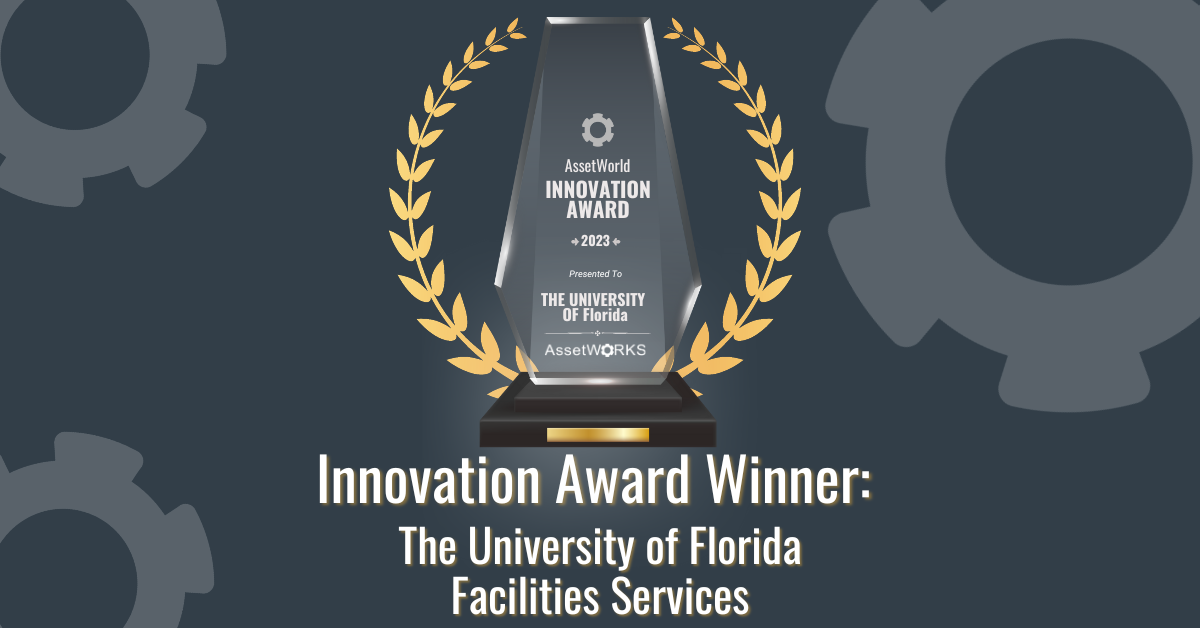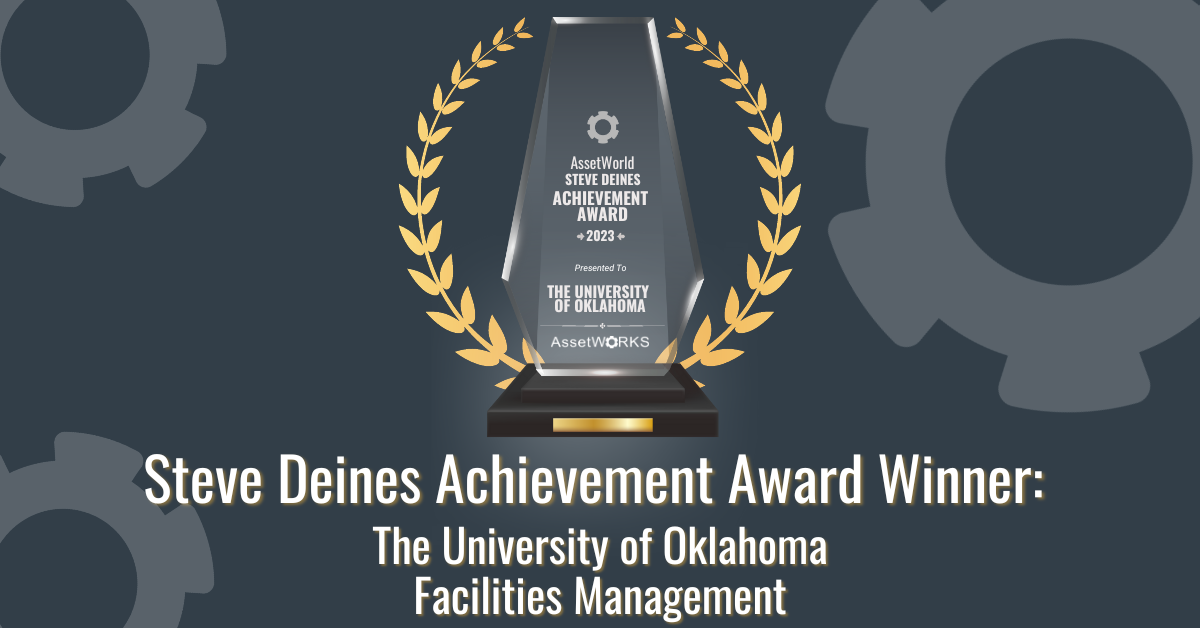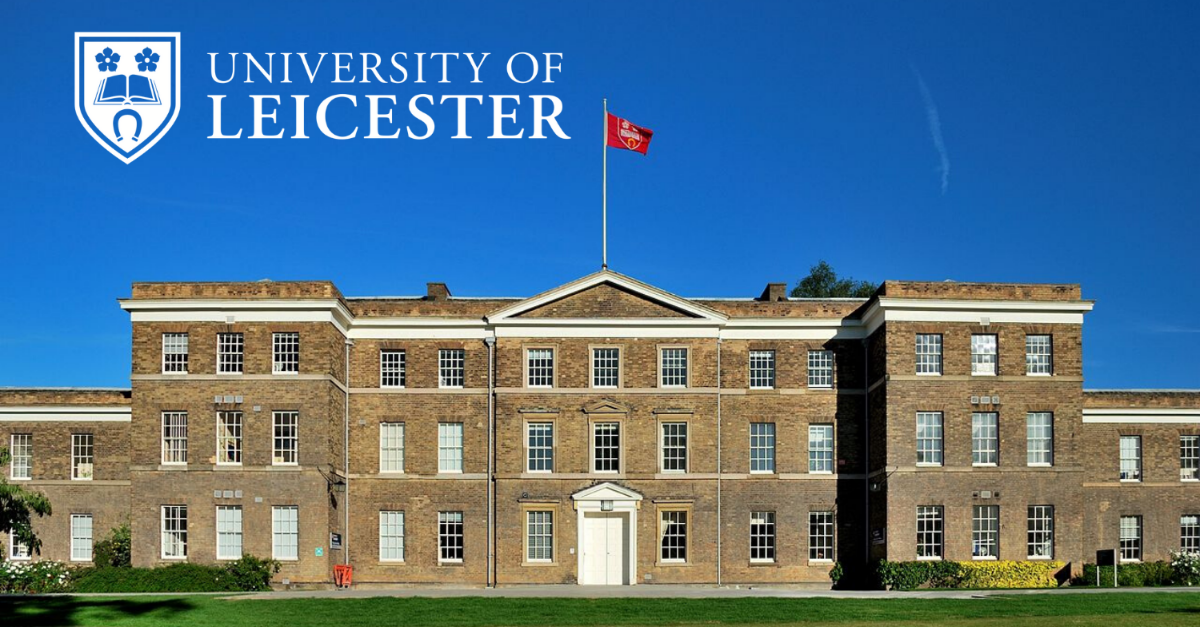Key Players in Facility Management Software Rollouts

Kristen Shouldice

Implementing a facility management system is not just a facilities project; it's a campus-wide initiative that relies on collaboration across departments. Whether you're selecting your first system or replacing an outdated one, involving the right people early can reduce friction, ensure smoother adoption, and improve the return on your investment. Success depends not only on selecting the right platform but also on involving the right people at the right time.
At AssetWorks, we've worked with colleges and universities for over 30 years. We've seen how successful implementations are shaped by strong partnerships across both internal and external stakeholders. These aren't just nice-to-have conversations, they are critical to building a system that works for your institution, not just for your department.
From our experience working with colleges and universities across North America, we've seen how early and thoughtful stakeholder engagement improves adoption, prevents delays, and ensures that the system supports both day-to-day operations and long-term institutional goals.
Why Stakeholder Involvement Matters
A facility management system can impact everything from day-to-day maintenance to long-range space planning and capital projects. When key voices are left out of the process, gaps often emerge after go-live, whether in integration, reporting, or user adoption.
Involving a broad mix of internal and external stakeholders helps:
- Align your system with institutional goals and campus operations
- Ensure the platform meets IT, budget, procurement, and compliance standards
- Capture pain points from across departments
- Build buy-in and shared ownership
- Prevent delays, rework, or resistance to change
Who Should Be Involved?
Below are the most common internal and external stakeholders to involve when evaluating or implementing a facility management system in higher education.
Internal Stakeholders
![]() IT Department
IT Department
IT is listed first for a reason; they are often brought in too late, which leads to delays, security concerns, or integration challenges that could have been avoided. Your IT team plays a central role in determining how the new system will interact with existing infrastructure, from user authentication and single sign-on to data integrations with ERP, HR, or scheduling systems. When IT is engaged early, they can help identify technical requirements, flag potential roadblocks, and ensure your system is set up for long-term stability and support. Including IT from the beginning also helps avoid duplicative systems, data silos, or last-minute configuration changes that can compromise your timeline.
![]() Finance & Budget Offices:
Finance & Budget Offices:
These teams help facilities understand the total cost of ownership, which includes not just software licensing but implementation, training, integrations, and long-term support. Finance will guide you through internal approval processes, help justify the investment, and ensure the project fits within annual or capital budget cycles. Their involvement also supports long-term ROI measurement by aligning project goals with financial reporting and campus priorities.
![]() Procurement Department
Procurement Department
Procurement ensures that the vendor evaluation and contract process follow institutional policies. Their involvement reduces the risk of delays caused by compliance issues or last-minute bidding requirements. They can also assist with drafting RFPs, managing vendor communication, and ensuring you secure favorable terms related to data ownership, service level agreements, and renewal timelines.
Note: AssetWorks offers access to cooperative purchasing vehicles to streamline procurement. We understand the complexity of institutional buying processes and can help you navigate them more efficiently.
![]() Facilities Operations:
Facilities Operations:
Probably the most obvious, but the facilities operations team should be involved in the review and implementation process as they will be the primary users of the new solution. Without their input, it's easy to misconfigure workflows, overlook necessary fields, or miss operational pain points that the system should solve. Their feedback ensures the solution supports their real day-to-day challenges and sets the groundwork for widespread user adoption.
![]() Campus Safety and Security:
Campus Safety and Security:
Facilities systems often intersect with access control, emergency planning, and incident tracking. Involving safety and security helps ensure the system aligns with emergency response procedures and meets institutional safety protocols. They can also advise on campus-specific needs like secure entry monitoring, building lockdown workflows, and coordination with local law enforcement during emergencies.
![]() Legal Department
Legal Department
The legal team reviews contracts to protect the institution's interests. They will check for data privacy compliance, especially when cloud hosting or student/staff data is involved. Legal also ensures contracts are structured to protect your institution from undue liability, and they may advise on accessibility, data ownership, and intellectual property terms. Their early involvement helps avoid last-minute contract rewrites or delays in approval.
![]() Risk Management Departments
Risk Management Departments
These stakeholders can advise on features related to inspections, incident reporting, and regulatory documentation, whether that's OSHA, ADA, or environmental compliance. Their feedback is valuable when identifying audit needs, ensuring liability is minimized, and ensuring the system has the tools to manage campus risks effectively.
![]()
Academic & Administrative Departments
These departments are often overlooked in facilities software planning, but their involvement is critical. Academic units rely on well-managed classrooms, labs, and shared spaces to deliver instruction and support research activity. Administrative offices need dependable environments for services like HR, registrar functions, and event coordination. Their feedback ensures the system supports institutional needs like space planning, scheduling, and compliance.
In research-intensive institutions, academic departments also manage grant-funded spaces and equipment. Research dollars often come with strict reporting and space use requirements, making it essential for facilities systems to track asset utilization, environmental conditions, and maintenance histories. Including these stakeholders helps facilities teams support both operational excellence and the institution's academic and research missions.
![]() StudentsWhile students are not typically part of the core implementation team, they interact with your facilities daily. Their experience matters, especially when it comes to reporting maintenance issues, booking study or event spaces, or accessing information about facility availability. Consider gathering feedback through advisory groups or surveys to ensure the system supports their needs in a user-friendly way, particularly on mobile. A smooth, accessible student experience reflects well on the institution and reduces the burden on front-line staff.
StudentsWhile students are not typically part of the core implementation team, they interact with your facilities daily. Their experience matters, especially when it comes to reporting maintenance issues, booking study or event spaces, or accessing information about facility availability. Consider gathering feedback through advisory groups or surveys to ensure the system supports their needs in a user-friendly way, particularly on mobile. A smooth, accessible student experience reflects well on the institution and reduces the burden on front-line staff.
External Stakeholders
While much of the implementation process is driven by internal teams, external stakeholders also play a vital role in ensuring success. From your software vendor to outside service providers, these partners contribute specialized knowledge, support continuity, and help integrate the system into the broader ecosystem of campus operations. Engaging them early helps reduce delays, avoid miscommunication, and ensure your facility's solution works as intended.
![]() Vendors and Solution Providers
Vendors and Solution Providers
A good vendor should be more than a software provider; they should be a strategic partner. Engage them early to gain insight into best practices, technical constraints, and timelines. They can guide configuration decisions, provide training and support plans, and help identify pitfalls based on implementations at other institutions. Their involvement during planning helps reduce misalignment during rollout.
![]() Contractors or Service Providers
Contractors or Service Providers
If your institution works with external partners for specialized services, it's important to consider how those contractors will interact with your facility management system. This could include partners responsible for elevator inspections, fire and life safety systems, environmental testing, hazardous materials handling, or building commissioning. These vendors often operate on strict compliance schedules and need clear access to asset data, service histories, and scheduling tools. Involving them early can help you determine whether vendor portals, mobile access, or external request workflows are needed. It also ensures your system supports reporting and audit requirements tied to regulated services.
---
Implementing a facility management system in higher education is a campus-wide effort. Success depends on involving the right mix of internal and external stakeholders, from IT and finance to academic departments and regulatory service providers. Drawing on 30 years of experience, this guide outlines who to involve, why their input matters, and how early collaboration helps avoid delays, improve adoption, and ensure your system supports both daily operations and long-term goals.
Subscribe to AssetWorks' Blog & Newsletter
We send out periodic updates to our facilities community.
Read On

AssetWorld 2023 Innovation Award Winner
During AssetWorld 2023, The University of Florida was named the winner of the 2023 AssetWorld...
Learn more arrow_forward
AssetWorld 2023 Achievement Award Winner
During AssetWorld 2023, The University of Oklahoma was named the winner of the 2023 AssetWorld...
Learn more arrow_forward
The University of Leicester's 3-Year Journey to Adopt an IWMS
Editor's Note: Although this interview took place recently, the University of Leicester's...
Learn more arrow_forward
